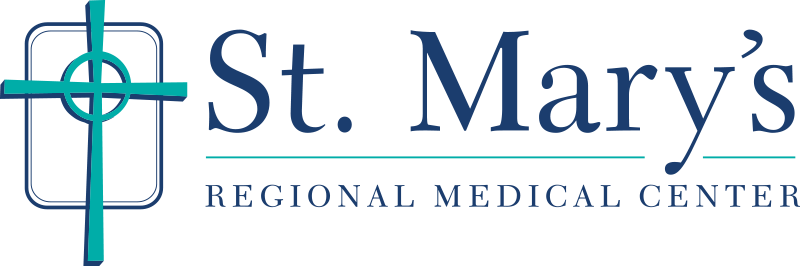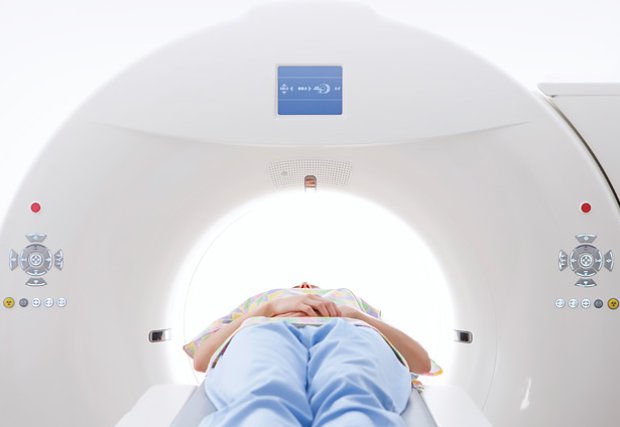CT scans can play an important role in diagnosing and treating different medical conditions by providing extremely detailed images of the bones, blood vessels and soft tissues inside your body. A new CT scanner at St. Mary's provides accurate imaging imaging with even greater safety, speed and efficiency.
A key safety feature is reduced radiation. "We have cut the radiation dose at least in half," says Julian Dutton RT(R) (CT) ARRT, lead CT imaging specialist. “That’s been a priority for us to provide to our customers optimal images with less radiation exposure.” Among other features, the new scanner now produces more accurate scans of patients with orthopedic implants or artificial joints. In the past these implants made the images undiagnostic because of the metallic artifacts caused by them. Because of new software improvements, the images can now be salvaged, making them diagnostic. Also, the new scanner can accommodate larger patients and has different accessories and positioning aids for greater comfort.
There can be many different reasons why people may need a CT scan. For example, CT images may be used to diagnose and treat conditions involving possible stroke, trauma, bone injuries, chest or abdominal issues, cancer and various other medical conditions.
A CT exam involves lying on a motorized table that slides through a hole in a large piece of equipment. It provides more detailed views than traditional X-rays and captures cross-sectional and, if needed, 3D images of the inside of the body.
The 80 detectors inside the new scanner at St. Mary’s are able to capture 160 slices, or images, per rotation of the X-ray tube inside the scanner’s large circular frame. This enables technologists to acquire scans in less time, says Dutton. “People often think they’ll be here for a few hours, but most scans we do take less than five minutes,” he says.
“Patients sometimes worry about testing, but if we talk with them and explain exactly what to expect, they find it’s not bad at all,” says Cindy Cartmill, BS RT(R)(M)(CT), ARDMS(BR), women’s imaging lead technologist at St. Mary’s.

